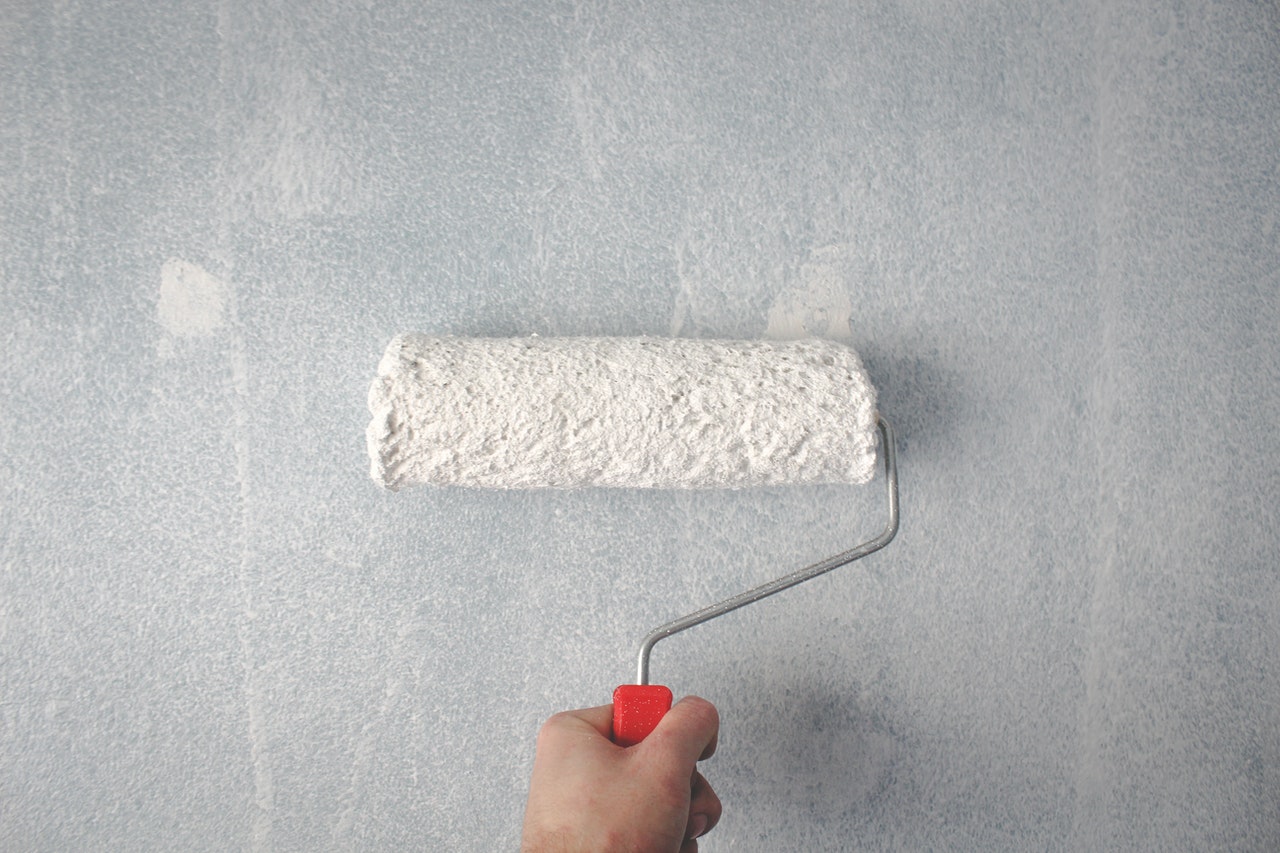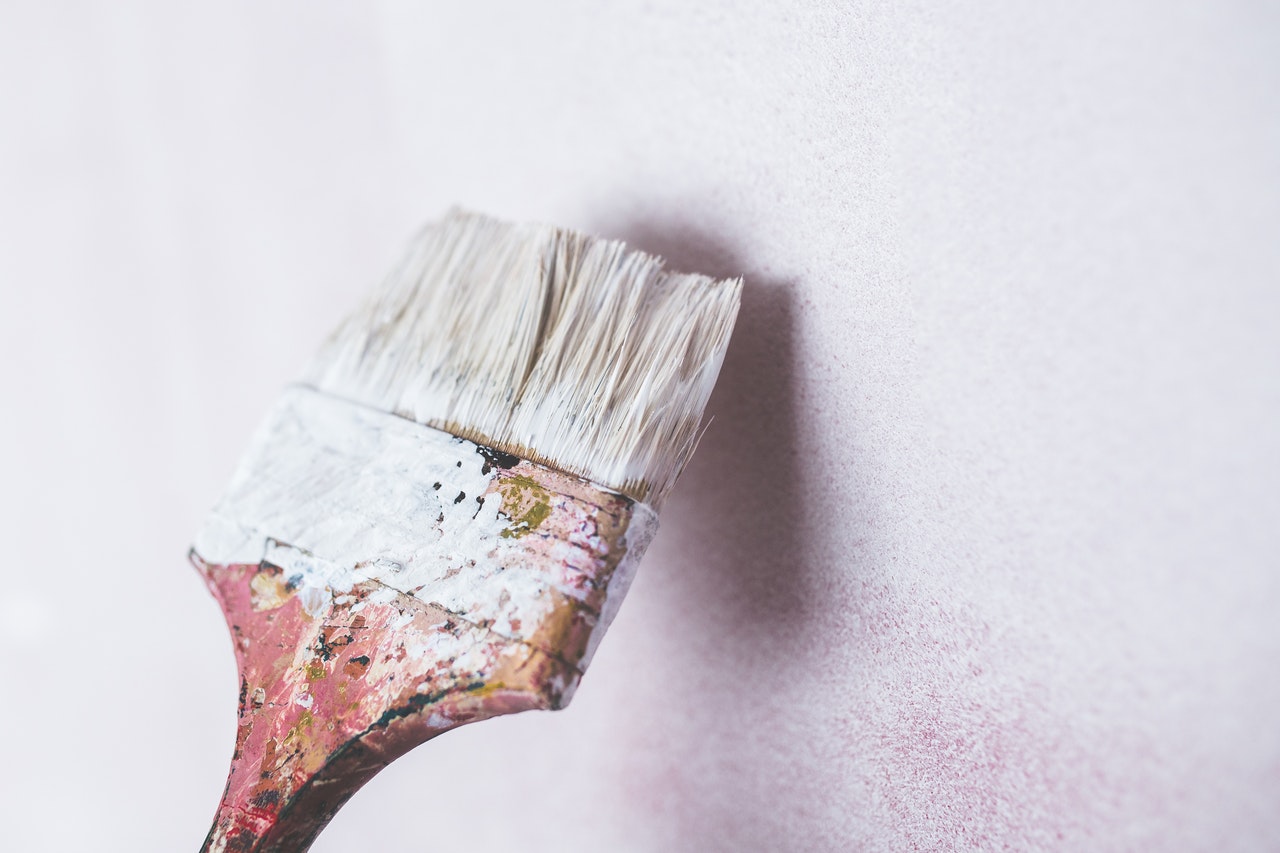First published: 18 March 2022 @ 6:00 pm
Should you clean the walls before painting?
The answer is not a simple yes or no. The correct answer is that it depends on the type of paint you are using, the surface material, and the area you are painting.
Paint will not adhere to areas that are greasy and dirty. For example, kitchen walls that are above a stove, mudrooms where kids kick off their muddy boots, or areas around light switches that are swatted by dirty hands.
Similarly, if someone applies a brand-new coat of paint to a dirty wall, it is more likely that the wall will peel and bubble faster than you’d expect it to.

It’s a good idea to clean your walls with a damp cloth or sponge and water to remove dust, grease, and oils. Then use a high-quality paint stripper or sealer that is designed for stripping and sealing paints.
These products will help protect your walls from stains caused by food, dirt, and other substances.
However, there are some conditions where cleaning with water may be inappropriate:
Plaster Wall
If the wall is made of plaster, then use dry cloths or paper towels to remove dust from the surface.
Be sure to wipe in one direction only; do not rub as this can damage the surface of the plaster.
Then use a good quality cleaner for plaster-like KILZ Stucco & Plaster Cleaner. It’s available in spray bottles so you can spray it directly onto any dirt or grime on your stucco or plaster walls.
Make sure to test it on an inconspicuous area first before applying it all over your house. Once cleaned with KILZ Stucco & Plaster Cleaner, allow the surface to dry before applying a good quality primer.
Drywall Wall
If the wall is made of drywall, then use a paint thinner or mineral spirits to remove any dust and dirt from the surface.
You can also use a commercial cleaner like WEST SYSTEM WET CLEANER to remove grease and oils from the surface. Then apply a good quality primer or paint.
If you are painting over an existing wall color, then clean the walls with water first and wipe off any excess moisture with a dry cloth or paper towel.
Be sure to remove all paint from your brushes and rags as this will prevent staining your walls with paint colors that do not match your existing wall color.
Then clean your brushes in water to remove all traces of paint, stain, and other substances that may be left behind on them.
Once cleaned, you can apply one coat of primer over the entire surface of your walls if it is bare plaster or drywall, two coats if it is covered with paint, and three coats if it is covered with wallpaper or other materials that might stain the walls when painted.
Be sure to apply at least two coats of primer or paint on each side of an uneven wall section before moving on to the next section.
Textured Wall
The textures of walls tend to collect more dust than painted drywall, so routine dusting is all that is necessary for most walls in order to look well-maintained.
If you’re cleaning paneling and textured walls, choose a vacuum with a bristle brush. This brush is meant to gently agitate the surface and collect dust.

Bathroom Wall
Those who have high humidity in the bathroom walls might experience watermarks, dust streaks, and mold.
Moldy walls should be cleaned with a cleaning solution before painting.
You can clean the walls of your bathroom with a mild soap and water mixture. Or even with a cleaning product like a TSP cleaner.
Although you do not need to use many different tools or methods to clean your bathroom walls, there are some things that you can do in order to reduce the accumulation of dirt and dampness.
After you get out of the shower, run a large dry sponge over your bathroom walls. If you do this, you may reduce condensation and mold.
Fortunately, if you have mold on the bathroom walls, you can still clean them and prevent the mold from returning.
Painting Over Existing Wall Color
If you are painting over an existing wall color, then you should apply a second coat of primer over the entire surface of your walls before applying paint.
If you want a smoother surface, re-sand the walls lightly after the primer have dried.
When it comes to preventing cracking, bubbling, and peeling paint, allow the primer to dry thoroughly before applying the paint.
What you need is high-quality painter’s tape. For clean and professional results, use Frog Tape from Shurtape.
Make sure that you mix the paint properly before using it, in order to ensure that the paint stays color and gloss levels consistent.
Painting Large Area
If you are painting a large area like a wall or ceiling, then it is not necessary to clean the walls first. Instead, it is better to remove all dust and dirt from the surface before painting.
Be sure to use good quality cleaner for drywall like WEST SYSTEM WET CLEANER. Then use a paint thinner or mineral spirits to remove any dust and dirt from the surface.
Apply one coat of primer or paint directly onto the drywall and allow it to dry before applying another coat if necessary.
Be sure to clean off all excess material with a damp cloth or sponge and water before applying additional coats of paint if necessary.
Painting Small Area
If you are painting a small area like a tabletop, then clean the surface with water first. Do this using either a damp cloth or sponge and water. However, be sure not to get any moisture on the wood surface. This can cause wood rot which will ruin your tabletop.
After cleaning with water, use either KILZ Stucco & Plaster Cleaner or WEST SYSTEM WET CLEANER to remove any dirt or grime from the surface.
Then apply a good quality primer or paint directly onto the surface.
HandyWork has a large database of home services providers. There are also more fascinating topics for you to read about. Explore the possibilities of a handyman shop via HandyWork!

